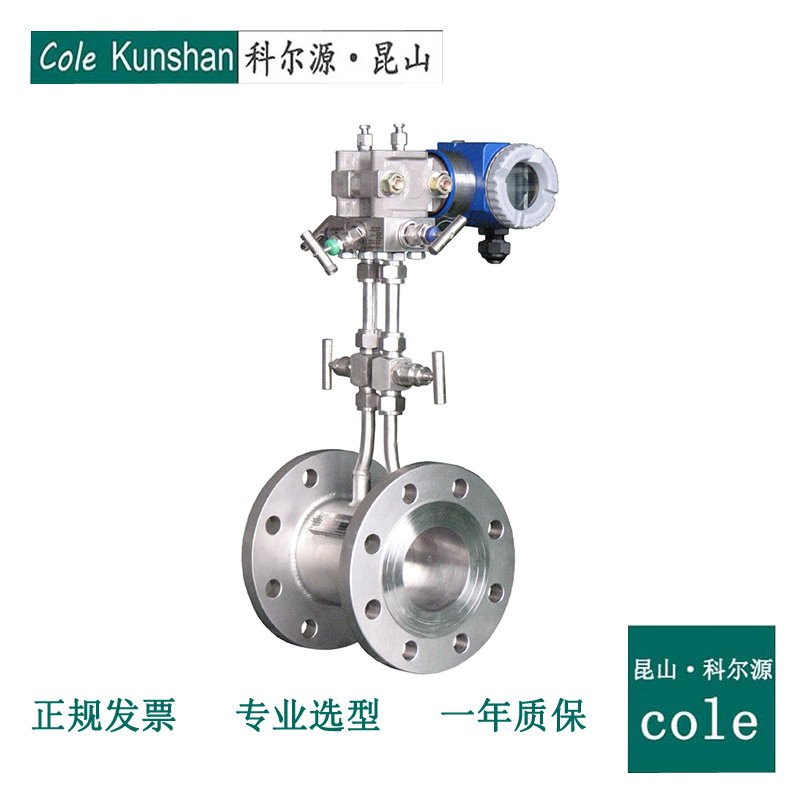


 Focus Us
Focus Us Working hours: 9:00-18:00 from Monday to Friday
Contact:Manager Xu
Mobile:+8613616254302
Email:xq800612@gmail.com
Address:No.9, Mushu Road, Huaqiao Town, Kunshan City, Jiangsu Province

 蘇公網(wǎng)安備 32058302001350號
主營:污水流量計 電磁流量計 插入式電磁流量計 分體式電磁流量計 工業(yè)污水流量計 液體電磁流量計
蘇公網(wǎng)安備 32058302001350號
主營:污水流量計 電磁流量計 插入式電磁流量計 分體式電磁流量計 工業(yè)污水流量計 液體電磁流量計